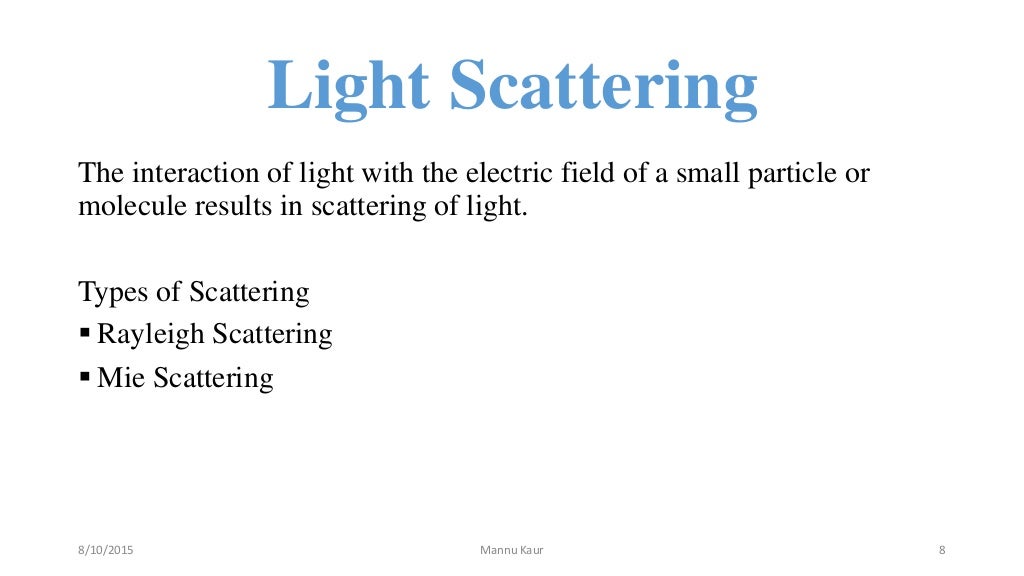

Differential cross section measurements were commonly made, for example, to study the structure of the atomic nucleus by scattering from them nucleons, such as neutrons. The then-conventional use of a single detector rotated about an illuminated sample with intensities collected at specific angles was called differential light scattering after the quantum mechanical term differential cross section, σ(θ) expressed in milli-barns/steradian. It permitted the entire range of scattered intensities to be recorded on the film with a subsequent densitometer scan providing the relative scattered intensities. An interesting system based upon the use of high speed film was developed by Brunsting and Mullaney in 1974. Multiple detectors having different quantum efficiency have different response and hence needs to be normalized in this scheme. Since the collection of data was made as the detector was placed at different locations on the arc, each position corresponding to a different scattering angle, the concept of placing a separate detector at each angular location of interest was well understood, though not implemented commercially until the late 1970s. Measurements were generally expressed as scattered intensities or scattered irradiance. The first commercial instrument (formally called a "scattered photometer") was the Brice-Phoenix light scattering photometer introduced in the mid 1950s and followed by the Sofica photometer introduced in the late 1960s. Historically, such measurements were made using a single detector rotated in an arc about the illuminated sample. The measurement of scattered light from an illuminated sample forms the basis of the so-called classical light scattering measurement.

( May 2014) ( Learn how and when to remove this template message) Please help improve it to make it understandable to non-experts, without removing the technical details. This article may be too technical for most readers to understand.


 0 kommentar(er)
0 kommentar(er)
